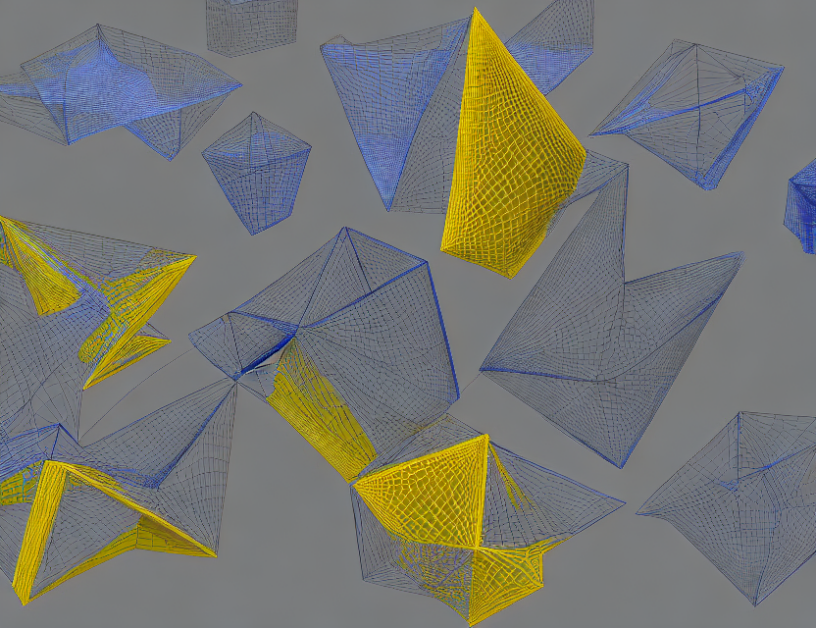In this survey, we explored the recent advancements in text-guided 3D content generation, which enables the creation of 3D models from textual descriptions. The field has seen significant progress in the past few years, with various approaches proposed to address the challenges associated with text-to-3D conversion.
One popular approach is based on learning a normalizing flow model from textual descriptions, as shown in CLIP-forge. However, these methods are computationally expensive and require large amounts of training data. To overcome this limitation, researchers have proposed new methods that leverage pre-trained image-text models, such as DreamField, CLIP-mesh, AvatarCLIP, Text2Mesh, and Dream3D. These methods optimize the underlying 3D representation using a pre-trained model, making them faster and more efficient.
Recently, DreamFusion proposed score distillation sampling based on a pre-trained diffusion model to enable text-guided 3D generation. This approach has shown promising results in generating high-quality 3D models from textual descriptions. Another improvement comes from Magic3D, which introduces a coarse-to-fine pipeline to generate fine-grained details in the generated 3D models.
In summary, text-guided 3D content generation has made significant progress in recent years, with various approaches proposed to address the challenges associated with text-to-3D conversion. These methods have shown promising results in generating high-quality 3D models from textual descriptions, and they continue to improve with advancements in AI technology.
Analogy: Imagine trying to build a Lego castle based solely on a written description of the structure. While it’s possible to create a decent castle, it would be much easier if you had a pre-built Lego model to work from. Similarly, text-guided 3D content generation is like building a 3D model from a textual description, but with the help of pre-trained models, it becomes much more straightforward and efficient.
Computer Science, Computer Vision and Pattern Recognition
Disentangling Geometry and Appearance for High-Quality Text-to-3D Content Creation



